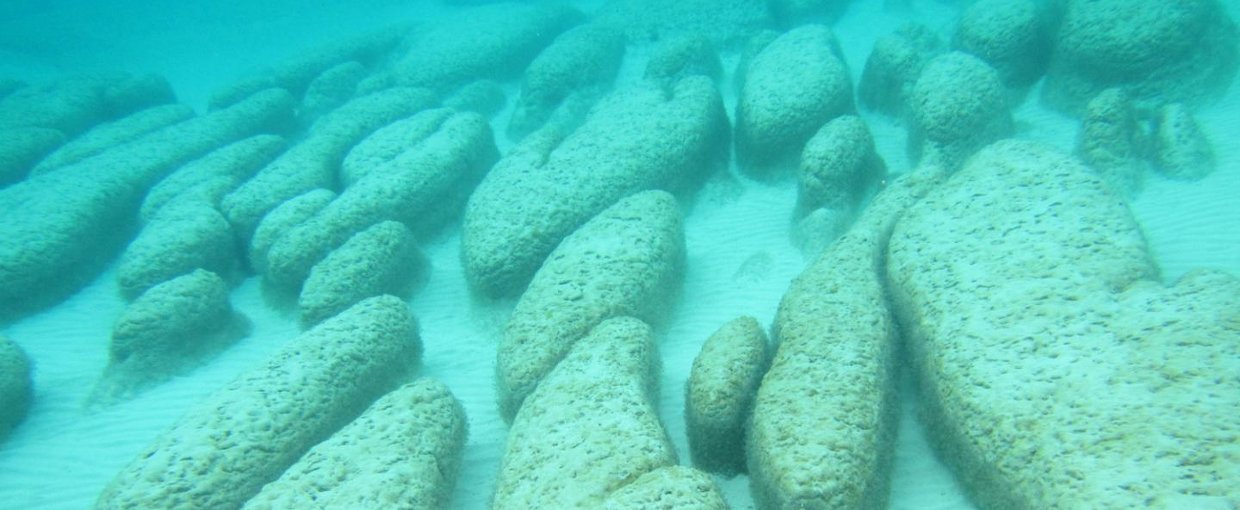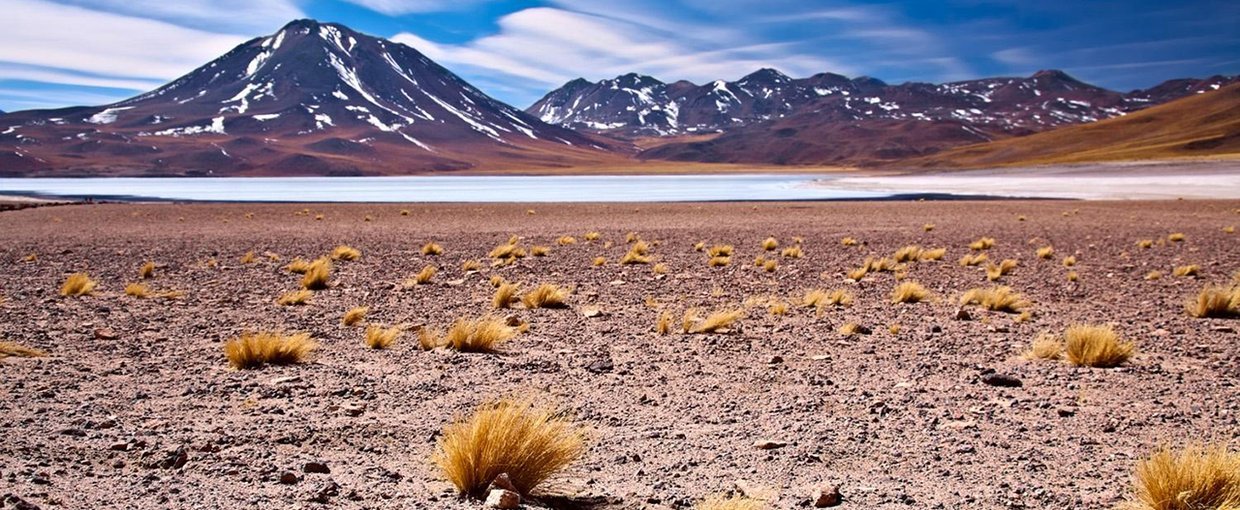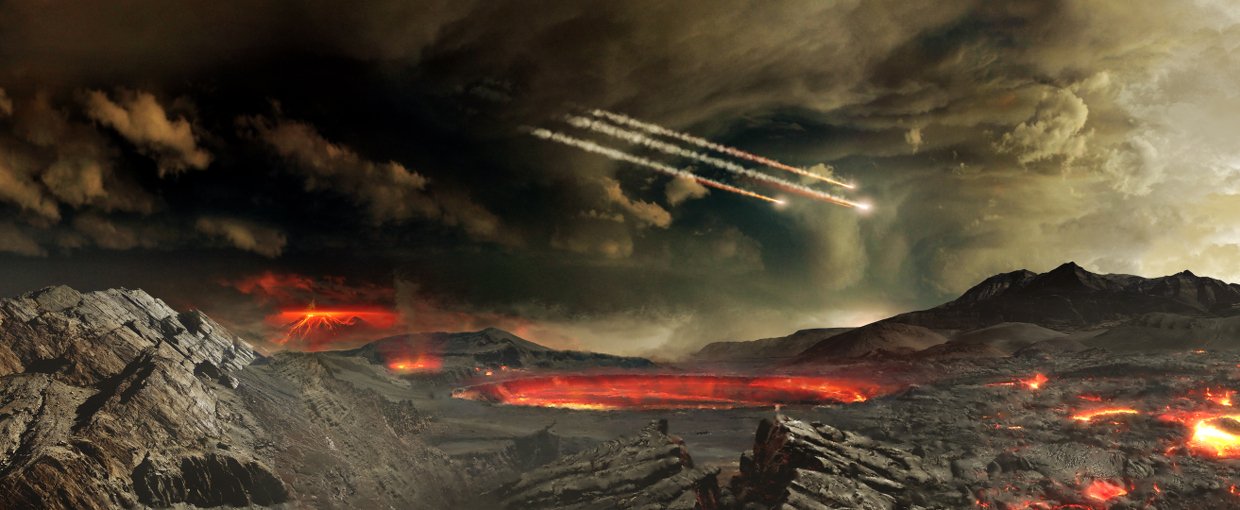
NASA’s Science Mission Directorate has announced the release of its annual omnibus solicitation, Research Opportunities in Space and Earth Science (ROSES) for 2016 at http://solicitation.nasaprs.com/ROSES2016. Included in the solicitation for research proposals are opportunities supported by the NASA Astrobiology program. Table 2 of individual programs in order of due date can be found at: http://solicitation.nasaprs.com/ROSES2016table2
NASA Astrobiology Program Solicitations
Exoplanets Research Program
NOI/Step 1 due: 3/29/16, Proposal due: 5/26/16.
The Strategic Program, Exoplanets, supports research on determining compositions, dynamics, energetics and chemical behaviors of extrasolar planets, and the detection and characterization of other planetary systems. (shared with the Astrophysics Division)
Emerging Worlds
NOI/Step 1 due: 3/31/16, Proposal due: 6/3/16.
The Core Program, Emerging Worlds, supports research centered on understanding the formation and early evolution of the Solar System (the Sun’s family of planets, satellites, small bodies and rings), as well as planetary systems in general.
Maturation of Instruments for Solar System Exploration (MatISSE)
NOI/Step 1 due: 4/21/16, Proposal due: 6/21/16.
The Core Program, MatISSE, is one of two instrument development programs structured to ease the full development and maturation of instrument technologies. MatISSE supports instrument Technical Readiness Levels (TRLs) 4 through 6.
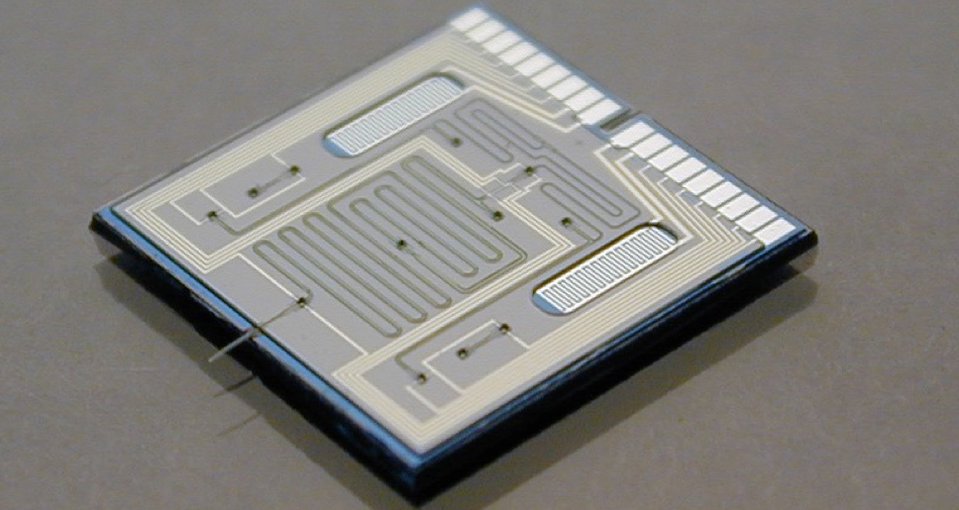
Photograph of an HPLC-chip supported in part by the former Astrobiology Science & Technology Instrument Development (ASTID) element of the NASA Astrobiology Program. The types of projects that were supported by ASTID are now competed under Planetary Instrument Concepts for the Advancement of Solar System Observations (PICASSO) and Maturation of Instruments for Solar System Exploration (MatISSE).Image credit: California Institute of Technology.
Planetary Instrument Concepts for the Advancement of Solar System Observations (PICASSO)
NOI/Step 1 due: 9/14/16, Proposal due: 11/14/16.
The Core Program, PICASSO, is one of two instrument development programs structured to ease the full development and maturation of instrument technologies. PICASSO supports instrument Technical Readiness Levels (TRLs) 1 through 3.
Laboratory Analysis of Returned Samples (LARS)
NOI/Step 1 due: 4/22/16, Proposal due: 6/24/16.
The Strategic Program, LARS, maximizes the scientific return from samples provided by missions through development of laboratory instrumentation and advanced analytical techniques required for the complete analyses of the samples.
Planetary Data Archiving, Restoration, and Tools (PDART)
NOI/Step 1 due: 5/13/16, Proposal due: 7/15/16.
The Strategic Program, PDART, increases the amount and quality of digital information and data products available for planetary science research and exploration, and produces tools that would enable or enhance future scientific investigations.
Exobiology
NOI/Step 1 due: 5/20/16, Proposal due: 7/22/16.
The Core Program, Exobiology, supports research into the origin and early evolution of life, the potential of life to adapt to different environments, and the implications for life elsewhere.
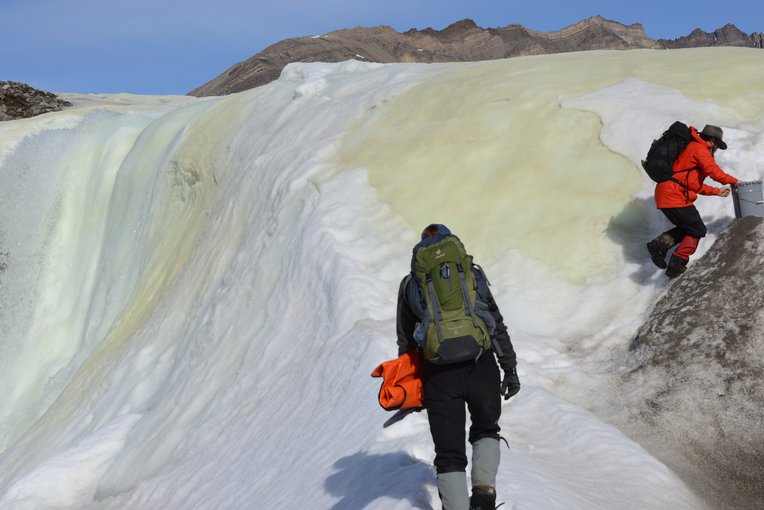
Researchers ascend the toe of the sulfidic outcrop on Borup Fiord Pass glacier on Ellesmere Island within the Canadian High Arctic Circle.Image credit: John Spear.
Planetary Protection Research
NOI/Step 1 due: 6/24/16, Proposal due: 9/2/16.
The Strategic Program, Planetary Protection, promotes the responsible exploration of the Solar System by implementing and developing efforts that protect the science, explored environments, and Earth.
Habitable Worlds
NOI/Step 1 due: 11/18/16, Proposal due: 1/20/17.
The Core Program, Habitable Worlds, supports research that uses knowledge of the history of the Earth and the life upon it to determine the processes which create and maintain habitable environments, search for ancient and contemporary habitable environments, and explore the possibility of extant life beyond the Earth
Planetary Science and Technology Through Analog Research (PSTAR)
NOI/Step 1 due: 7/22/16, Proposal due: 9/23/16.
The Strategic Program, PSTAR, conducts integrated interdisciplinary field experiments on Earth in order to develop a sound technical and scientific basis to conduct planetary research on other solar system bodies.
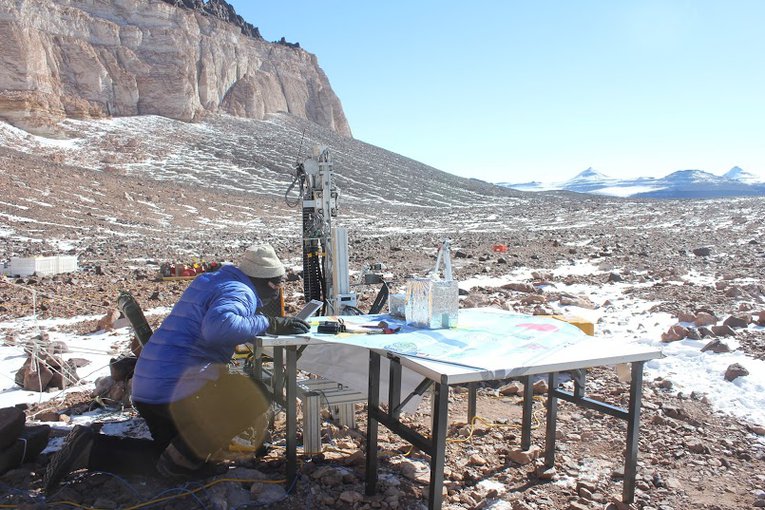
Research in the Upper Dry Valleys of Antarctica as part of a project under the former Astrobiology Science and Technology for Exploring Planets (ASTEP) element of the NASA Astrobiology Program. The types of projects that were funded by ASTEP are now competed under Planetary Science and Technology from Analog Research (PSTAR).Image credit: Jackie Goordial, McGill University.
This ROSESNRA (NNH16ZDA001N) solicits basic and applied research in support of NASA’s Science Mission Directorate (SMD). ROSES is an omnibus NRA, with many individual program elements, each with its own due dates and topics. All together these cover the wide range of basic and applied supporting research and technology in space and Earth sciences supported by SMD. Awards range from under $100K per year for focused, limited efforts (e.g., data analysis) to more than $1M per year for extensive activities (e.g., development of specialized science experimental hardware). The funds available for awards in each program element offered in this NRA range from less than one to several million dollars, which allow selection from a few to as many as several dozen proposals, depending on the program objectives and the submission of proposals of merit.
Awards will be made as grants, cooperative agreements, contracts, and inter- or intraagency transfers, depending on the nature of the work proposed, the proposing organization, and/or program requirements. The typical period of performance for an award is three years, but some programs may allow up to five years and others specify shorter periods. Organizations of every type, domestic and foreign, Government and private, for profit and not-for-profit, may submit proposals without restriction on teaming arrangements. Note that it is NASA policy that all investigations involving non-U.S. organizations will be conducted on the basis of no exchange of funds.
Proposal due dates are given in Tables 2. Interested proposers should monitor http://nspires.nasaprs.com/ or subscribe to the SMD electronic notification system there for additional new program elements or amendments to this NRA through February 2017, at which time release of a subsequent ROSESNRA is planned. A web archive (and RSS feed) for amendments, clarifications, and corrections to ROSES-2016 will be available at: http://nasascience.nasa.gov/researchers/sara/grant-solicitations/roses-2016/. Questions concerning general ROSESNRA policies and procedures may be directed to Max Bernstein, Lead for Research, Science Mission Directorate, at sara@nasa.gov.

